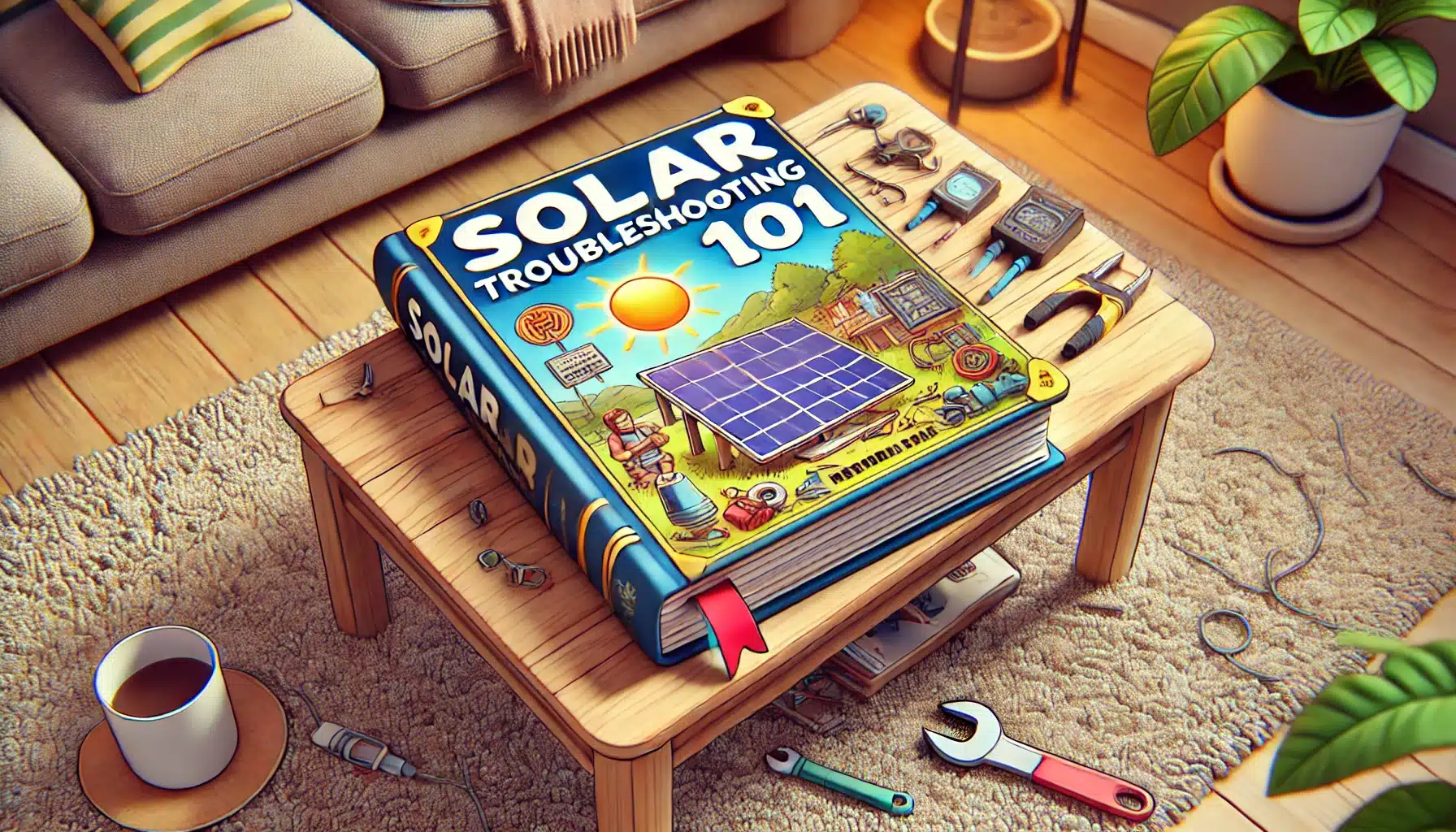Making the switch to solar power is becoming an increasingly popular way for homeowners to reduce their energy bills. By investing in a solar panel system, you can save money on your utility bills while also doing your part to help protect the environment. But what happens when you make the switch? Is it as simple as flipping a switch or will there be some other changes that need to be made? In this article, we’ll explore how switching from traditional energy sources to solar power affects your utility bill and how you can save even more money with this investment.
Traditional energy sources and their associated costs
When it comes to traditional energy sources, a homeowner typically has two sets of bills: one for electricity and one for gas. Depending on where you live, your electricity may be provided by your local utility company or by an independent electric provider. Either way, you will be paying for the cost of the energy that is consumed in your home. This can be broken down into usage charges (for the actual energy used), delivery charges (for transmission and distribution), and taxes and fees. For example, in California, electricity costs range from 14-18 cents per kilowatt-hour (kWh) depending on the service area.
Gas is usually provided by a natural gas utility company which will include both a usage charge based on how much you use as well as a monthly fee regardless of consumption. In California, this rate can range from 47-53 cents per therm (roughly equal to 100 cubic feet of natural gas) but can vary greatly depending on location.

For both electricity and natural gas, there may also be additional charges related to customer service or other forms of infrastructure maintenance. As such, it’s important for homeowners to understand their specific rates before making any decisions about switching to solar power or making any changes to their current energy plan.
In addition to these costs associated with traditional energy sources, homeowners should also consider the environmental impact of using fossil fuels to generate electricity and heat their homes. Burning fossil fuels releases carbon dioxide into the atmosphere which contributes to climate change and air pollution in cities around the world. As such, switching from these sources of energy to solar power can help reduce your carbon footprint while still saving money on utilities.
Benefits of making the switch to solar power
Making the switch to solar power is a great way for homeowners to significantly reduce their energy bills. With no usage charges or delivery fees, solar energy provides a renewable source of electricity that can be used to power your home. By investing in a solar panel system, you can take advantage of the sun’s free energy and lower your electricity costs while also doing your part to help protect the environment.
Aside from reducing electricity costs, switching to solar has many other benefits as well. Solar systems require little maintenance once they’re installed and can last for decades, making them a long-term investment that pays off both financially and environmentally. Additionally, many states offer incentives such as tax credits or rebates which can further reduce the cost of installing solar panels.
Solar energy also offers greater reliability than traditional sources of electricity and can help protect against power outages due to storms or other events. The sun will always rise and set each day, providing consistent access to clean energy throughout the year. Solar systems are also easily portable, giving homeowners greater flexibility in how they use their energy if needed.
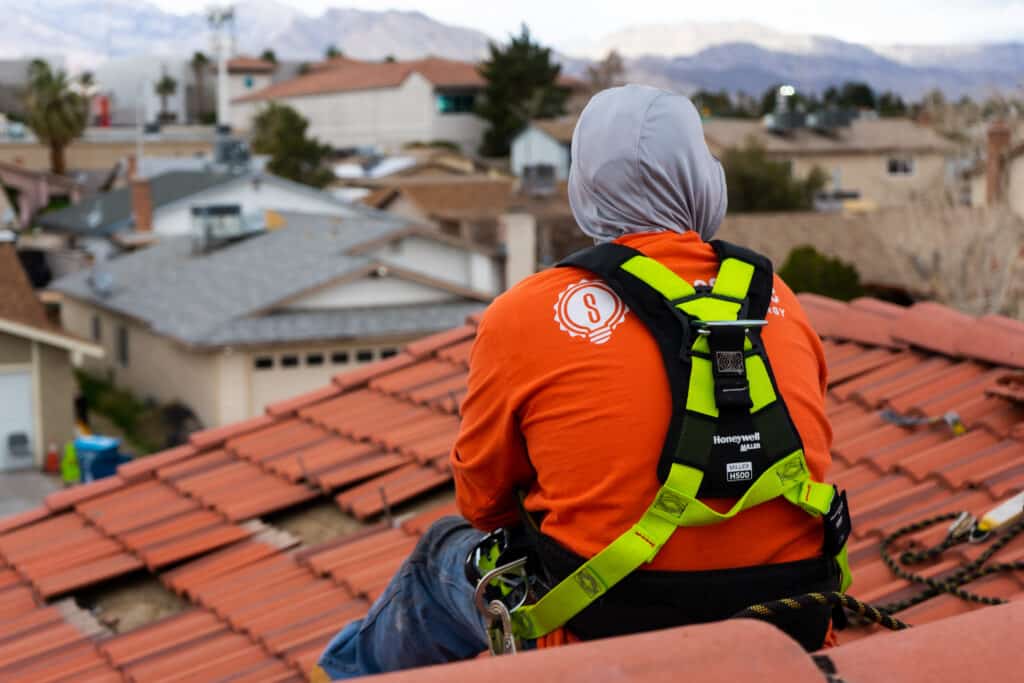
Overall, making the switch to solar power is an effective way for homeowners to save money on their utility bills while also doing good for the environment. With lower upfront costs and long-term savings, it’s easy to see why so many people are making this switch today.
Transitioning from traditional energy sources to solar power
Making the switch from traditional energy sources to solar power can be a great way for homeowners to save money on their utility bills and contribute to a cleaner environment. Here are the steps for transitioning successfully:
1. Research your options – Before you make the switch, it’s important to do your research and understand all of your options. The amount of sunshine available in your area will determine how much energy you can generate with solar panels, so consider consulting a local solar contractor or energy company to help you decide if solar is right for your location.
2. Calculate cost savings – Once you have an understanding of what size system is suitable for your home, you can start calculating the potential cost savings. If applicable, factor in any incentives offered by your state or municipality as well as federal tax credits which can help offset some of the upfront costs associated with installation.
3. Find an installer – Finding a reliable and experienced installer is key for ensuring a successful transition from traditional energy sources to solar power. Do your due diligence when researching contractors and read customer reviews to ensure that they have consistently positive experiences from other homeowners in your area.

4. Set up monitoring system – Most solar panel systems come with a monitoring system that tracks production data such as kilowatt-hour (kWh) generated each day or month as well as any adjustments made to maximize efficiency. This allows homeowners to better track their energy usage and make sure they are taking full advantage of all the benefits that come with switching to solar power.
5. Going off-grid – Finally, if desired, homeowners can take their commitment one step further by going off the grid entirely and installing batteries that store excess solar energy produced during peak hours so it can be used later when needed (typically at night). Not only does this further reduce electricity costs but also gives ultimate independence from traditional energy sources such as gas and electricity companies.
Making the switch from traditional energy sources to solar power isn’t just about reducing costs; it’s also about contributing towards a more sustainable future while still enjoying many of the same amenities available in today’s homes. With careful planning and proper setup, homeowners can reap significant financial rewards as well as the peace of mind that comes with knowing they are making an environmentally conscious choice for themselves and their families.
Potential changes in utility bills when switching to solar power
When homeowners switch to solar power, they can expect to see a variety of potential changes in their utility bills. Most notably, the amount of electricity used will likely decrease significantly since solar energy is free and renewable. This means that homeowners who switch to solar power won’t be as dependent on traditional energy sources such as gas or electricity companies.
In addition, even if electricity usage remains constant after switching to solar power, the cost of electricity should still decrease. The reason for this is that feed-in tariffs may be available from local utilities which pay consumers for the extra energy that their solar panels generate which is then fed back into the grid. Furthermore, some states also offer net metering programs which allow homeowners to store excess energy produced during sunnier days for use on darker days when more energy is being consumed than generated.
Finally, certain states may offer incentives or tax credits when making the transition from traditional energy sources to renewable sources like solar power. These incentives can help reduce installation costs as well as any ongoing maintenance costs associated with having a functioning solar system in place.
Overall, making the switch to solar power can result in significant savings when it comes to utility bills while also providing an environmentally friendly source of renewable energy. With careful research and proper setup, homeowners can take full advantage of all the benefits that come with switching to solar today!
Tips on how to save even more money with a solar panel system
The switch to solar power can be a great way to save money on utility bills, but there are a few things homeowners can do in order to maximize their savings.
First and foremost, make sure the solar panel system is installed correctly by a certified solar contractor. The quality of installation can have a huge impact on the system’s cost-effectiveness, so it pays to have an experienced contractor install the system to ensure it runs smoothly and efficiently over time. Additionally, if you live in an area with net metering programs or other incentive programs for renewable energy sources such as solar, make sure you take full advantage of them.

Second, consider investing in additional components that can help increase efficiency and save even more money. For instance, installing tracking systems or tilt frames alongside the panels can help them capture more sunlight and reduce energy losses from shading. Furthermore, adding batteries to the system allows excess electricity generated during peak hours to be stored until later when it’s needed – thus avoiding any costly spikes in electricity prices when demand is high.
Thirdly, adjust consumption habits accordingly in order to maximize savings from your solar panel system. This means learning how much energy your system produces at various times throughout the day and adjusting your usage accordingly. For example, if your system is producing extra energy during lunchtime on sunny days then shift some of your energy-intensive activities (such as running appliances) during that time period instead of relying solely on traditional energy sources like gas or electricity companies when demand is high.
Finally, regular maintenance of the solar panel system should not be overlooked since it will help keep costs low and ensure optimal performance of all components throughout its lifetime. Homeowners should regularly clean their panels and check for any damage or wear and tear that may need addressing before any major issues arise which could lead to expensive repair costs down the line.
By following these steps, homeowners who switch to solar power will be able to maximize their savings while also doing their part towards contributing towards a sustainable future. With all these benefits combined, making the switch today could be one of the best decisions they ever make!
Common questions about making the switch to solar power
– What is the cost of switching to solar power?
– How can I find a certified solar contractor in my area?
– What incentives are available when making the switch to solar energy?
– Are there any tax credits or subsidies associated with installing a solar panel system?
– Is net metering available in my area and how does it work?
– Can additional components such as tracking systems or batteries help optimize savings from my system?
– How much energy will I save by switching to solar power over traditional sources like gas and electricity companies?
Final Thoughts
Solar panel systems are a great investment for any homeowner looking to reduce their energy bills and save money. They offer an unprecedented level of convenience and efficiency, as well as many other benefits such as reduced carbon emissions, increased home value, and even potential tax credits or financial incentives. Additionally, solar panel systems require minimal maintenance once installed and can last for up to 25 years or more with proper upkeep. With all these advantages combined, making the switch to solar today is a wise move that will pay off in the long run.


